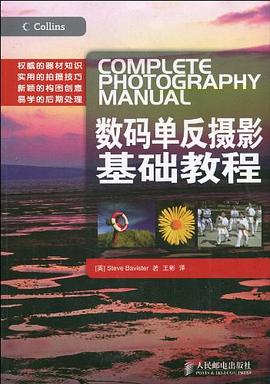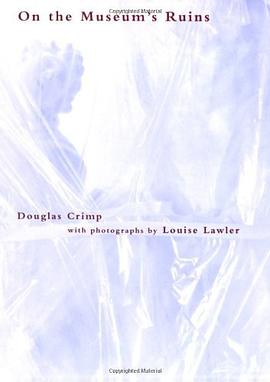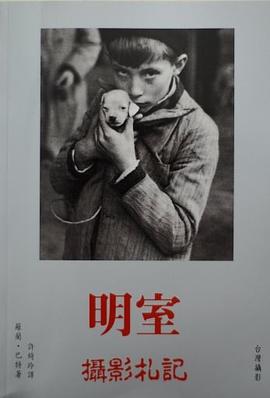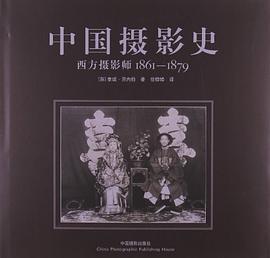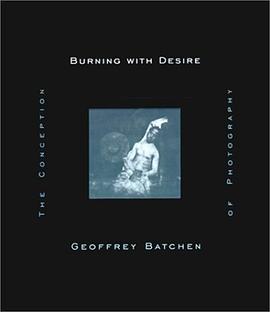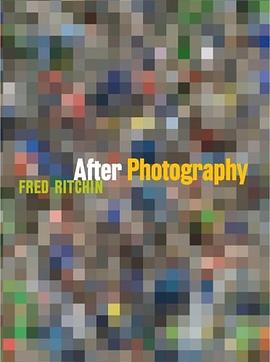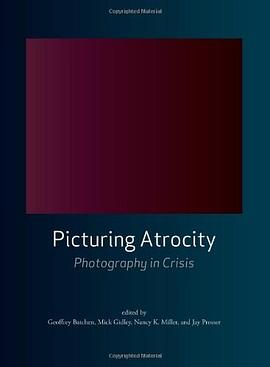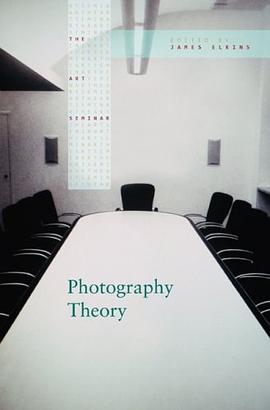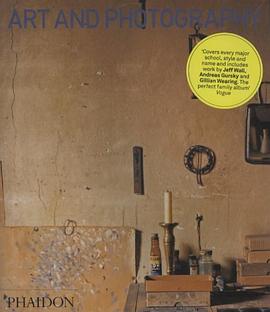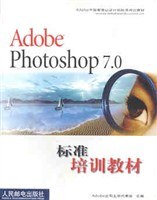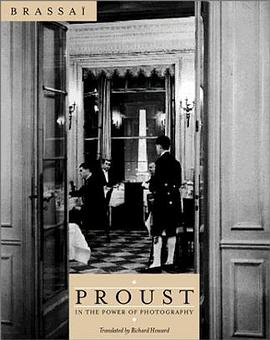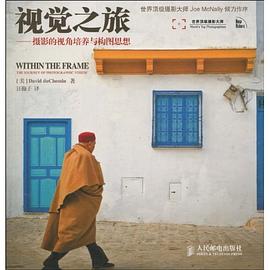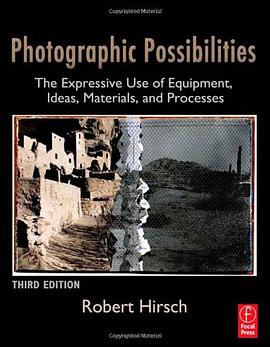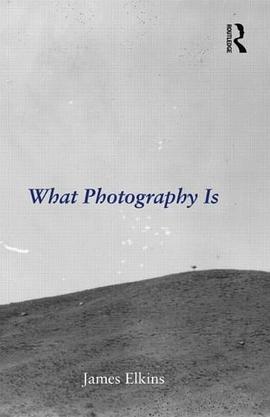

具体描述
In What Photography Is, James Elkins examines the strange and alluring power of photography in the same provocative and evocative manner as he explored oil painting in his best-selling What Painting Is. In the course of an extended imaginary dialogue with Roland Barthes's Camera Lucida, Elkins argues that photography is also about meaninglessness--its apparently endless capacity to show us things that we do not want or need to see--and also about pain, because extremely powerful images can sear permanently into our consciousness. Extensively illustrated with a surprising range of images, the book demonstrates that what makes photography uniquely powerful is its ability to express the difficulty--physical, psychological, emotional, and aesthetic--of the act of seeing.
作者简介
James Elkins (1954 – ) is an art historian and art critic. He is E.C. Chadbourne Chair of art history, theory, and criticism at the School of the Art Institute of Chicago.[1] He also coordinates the Stone Summer Theory Institute, a short term school on contemporary art history based at the School of the Art Institute of Chicago.
目录信息
1. Writing
2. Selenite, Ice, Salt
3. From the Green River to the Brunswick Peninsula
4. A Drop of Water, World Trade Center Dust
5. The Rapatronic Camera
6. Lingqi
· · · · · · (收起)
读后感
评分
评分
评分
评分
用户评价
凌迟
评分凌迟
评分凌迟
评分凌迟
评分凌迟
相关图书
本站所有内容均为互联网搜索引擎提供的公开搜索信息,本站不存储任何数据与内容,任何内容与数据均与本站无关,如有需要请联系相关搜索引擎包括但不限于百度,google,bing,sogou 等
© 2025 book.quotespace.org All Rights Reserved. 小美书屋 版权所有


